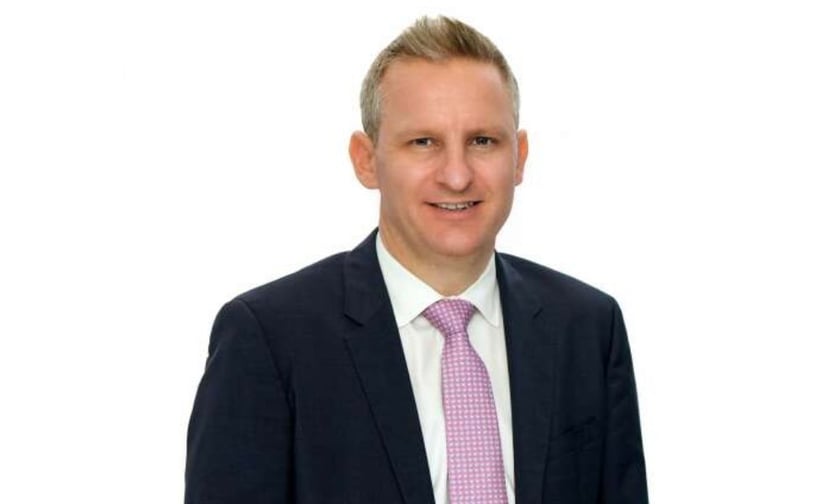

“Cautious optimism” best summarises the mood of the reinsurance market in early 2024, according to Chris Killourhy (pictured), who stepped into his role as managing director of QBE Reinsurance in August 2022. Taking the temperature of the sector, he noted that the number of reinsurers publishing solid results for 2023 after a sustained period of struggling to evidence that they’d covered their cost of capital was creating quite a positive atmosphere.
What’s tempering that mood of optimism and momentum is the recognition that while 2023 was a good year for the sector, one good year does not make up for four or five less favourable ones. The question for the market, he said, is whether last year’s results were a one-off or evidence that it has generated a level of discipline that’s going to translate into further evidence for capital providers that reinsurers can provide sustainable returns.
“The other aspect of this is that 2023, although actually a significant year for secondary or non-peak perils, benefited from a relatively benign US wind season,” he said. “So, I think everybody needs to get comfortable with understanding to what extent the good results we’re seeing in 2023 are down to that.
“Other factors that are impacting the mood in 2024 is that there’s more property capacity available to deploy this year. And I would say that’s less new capacity – through big capital raises or new markets coming in – but rather it was companies that probably decided to hold their capacity on the sidelines and not deploy it in 2023, waiting to see if the market got to a sustainable point, now feeling that sustainable rating is there and so they’ve been ready to deploy it for 1/1 2024.”
From his perspective, Killourhy said, this represents a good endorsement of where the market currently stands, as is the fact that this excess capacity in January didn’t translate into a significant weakening of rates or significant changes in attachment points. He cautioned on the need for the market to remain vigilant and disciplined, to prevent this excess capacity from resulting in significant changes in rates, or terms and conditions as this capacity is only available when the rates and attachment points are right.
Killourhy shared that conversations about what will happen to excess capacity are frequent. The capacity has evidenced greater confidence in the property market, in particular, but for companies like QBE Re, being part of a broader insurance group means that if conditions start to deteriorate, they are in a position to hold back capacity and not deploy it.
“The other element of caution is on the casualty side,” he said. “Inflation clearly remains a hot topic, and that’s both social and economic inflation. A number of reinsurance and primary carriers have printed some fairly significant prior year development coming through, in the 2014-to-2019 years in particular.
“At the same time, there has been pressure on primary rates, particularly on US public D&O and transactional liability. So, there’s a bit of contrasting movements as on one side companies are strengthening reserves while, on the other, we see rates coming under pressure on the primary side.”
That inflation point is another hot topic for the reinsurance sector at the moment, especially as the concern moves on from the likelihood of a burst of very high inflation for a short period to the expectation that inflation will not spike as high but will stay elevated for longer. In some ways that’s a harder challenge to price point and manage, he said, because the question is how long it will last.
“So, overall, I think that cautious optimism is the feeling on the ground,” he said. “It’s been great to be part of an industry that has covered its cost of capital in 2023 and has shown that it’s able to apply discipline and support clients in a sustainable way. But I think everyone’s also trying to make sure we don’t overreact to one good year and see some of the poor discipline that has maybe existed over prior years slipping back in.”
